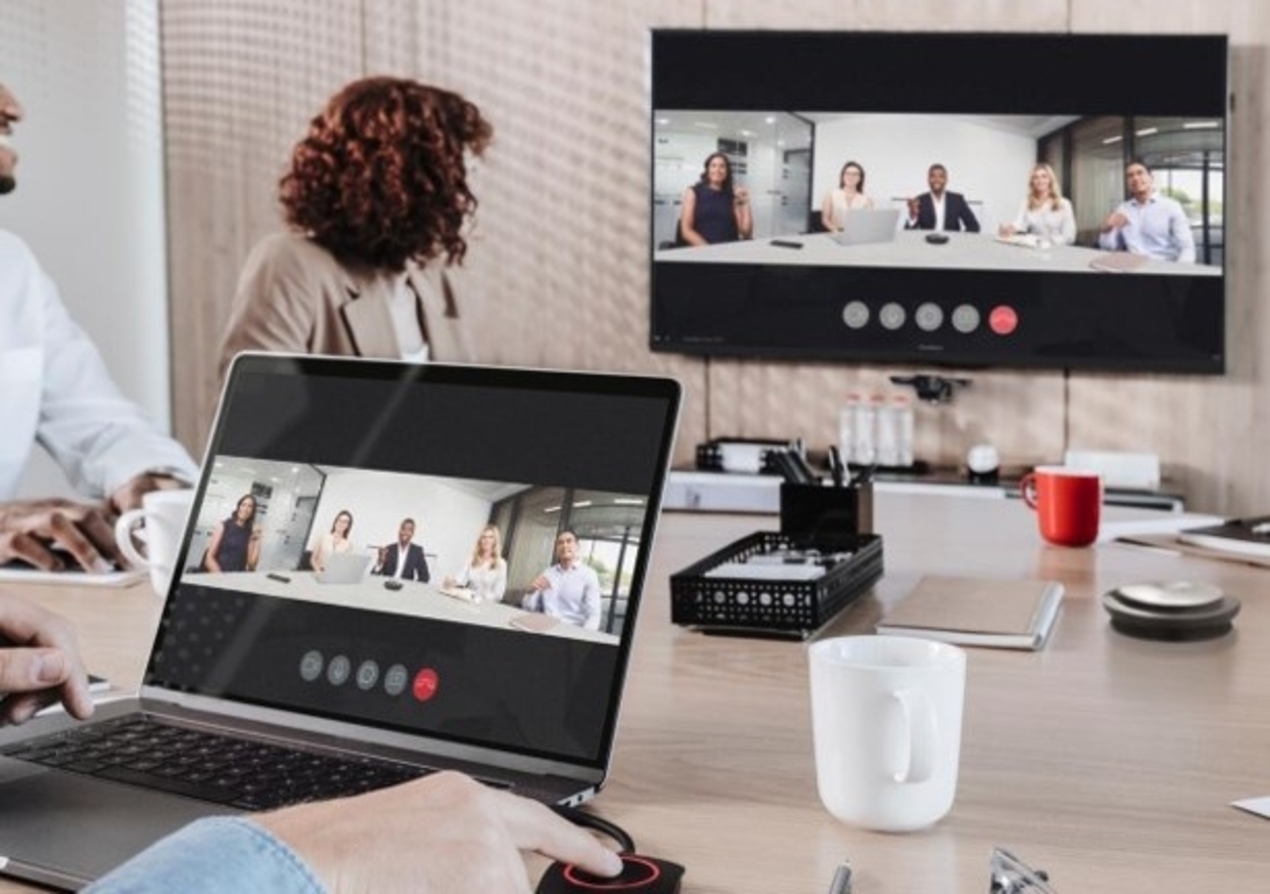
The collaborative workplace is evolving into a hybrid workplace, with video conferencing technology as the heart of great collaboration. Barco ClickShare Conference empowers workplace users with the sharing of the apps from their laptops wirelessly on the room display and connects them to the camera and speakers in the room for better hybrid meetings.
To facilitate the workforce returning to their offices, Barco has introduced the ClickShare Conference Redemption Promotion where we reward enterprises with Officeworks gift cards for every unit of ClickShare Conference purchased during the promotion period.
Need a product trial before you purchase? Our ClickShare Conference “Try and Buy” program offers an obligation-free trial of a demo unit for 2 weeks.



















